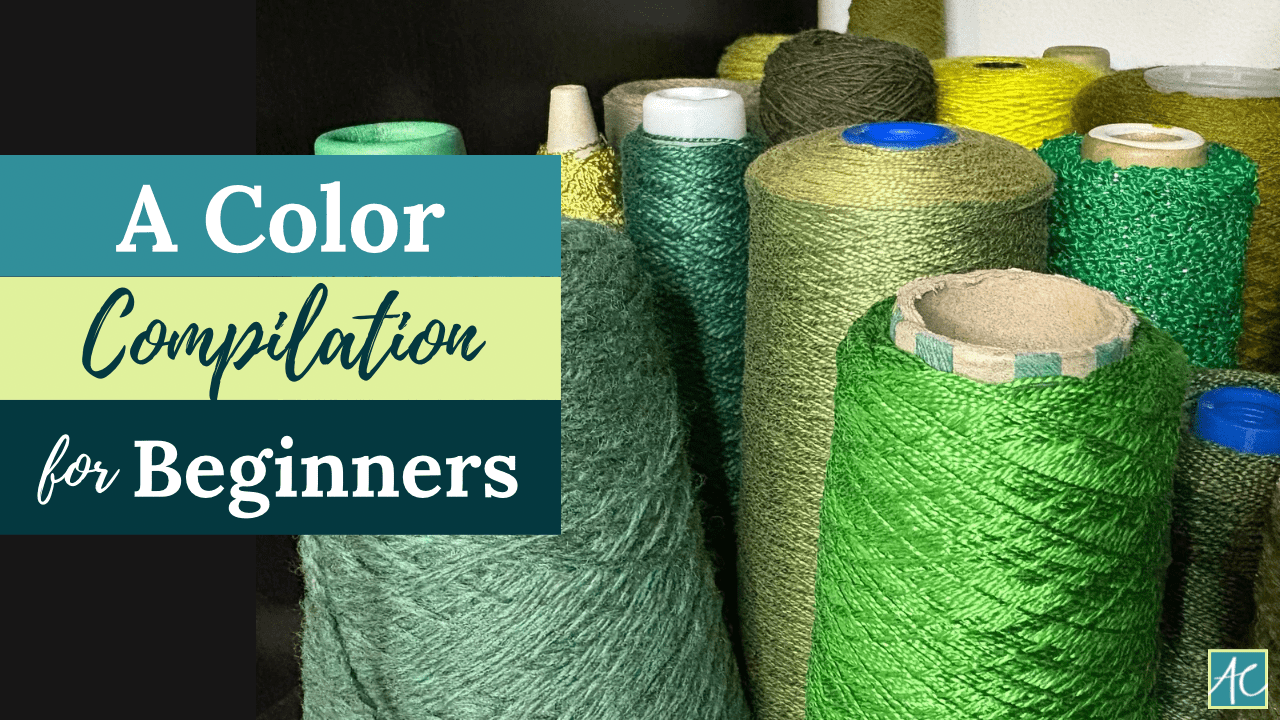Have you ever heard of double weave? It refers to a tube of fabric that hasn’t been sewn together. Or if you know someone has a 36″ loom, but created a blanket that is 72″ wide. Those are both projects that used double weave.
Double weave refers to the process of weaving 2 layers at the same time on your loom. Then, choose if the layers are connected and how. The tube I mentioned? Simply weave the fabric such that it’s connected on both sides. The blanket is connected only on one side so it will open up. The options are endless.
Double weave can be done using only plain weave, so it doesn’t need to be complicated. But, it does take a minute to wrap your head around the logistics. If there’s ever a time to have smoke coming out of your ears, double weave would bring it on! Don’t let that dissuade you. It’s great fun and the design options are incredible. Give it a go!
Show Notes –
Plain Weave – Plain weave is where it all starts, the most basic style of weaving there is. Over, under, over, under.
Twill Weave – Twill weave has an angled element to it, giving it a very distinctive look. Your blue jeans are made with twill weave.
Rep Weave – Rep weave (or ripsmatta) has a unique ribbed look to it. You can also identify it by its color blocks and geometric look.
Overshot Weave – Overshot is a weaving pattern used in historical coverlets.
Warp yarns – The yarns that are in the loom, under tension. In double weave projects, there will be twice as many warp yarns as usual because you are managing 2 layers.
Double Weave – Double weave is a weaving pattern where you weave 2 layers of fabric at the same time. It’s a little bit like patting your head and rubbing your belly simultaneously. But with a bit of practice, you’ll have it down pat (ha! pun intended).
Complete sidebar –
Double weave in history – I began doing a bit of research about double weave and I found that William Morris incorporated it into his woven textiles. Are you familiar with him? He is one of the artists/designers that led the charge during the Arts & Crafts Movement in the late 1800’s. If you are curious to read a bit more about him, here is his Wikipedia link. It’s fascinating!
Freebie for You!
Great news – I have created a free .pdf that follows along with this weaving pattern series! It provides an overview of each weaving pattern. Plus, tells you how to recognize it and what it is used for. And I’ve included a few notes on how to create the pattern on your loom. It’s a fabulous resource! Click here to get your copy today. Happy Weaving!



